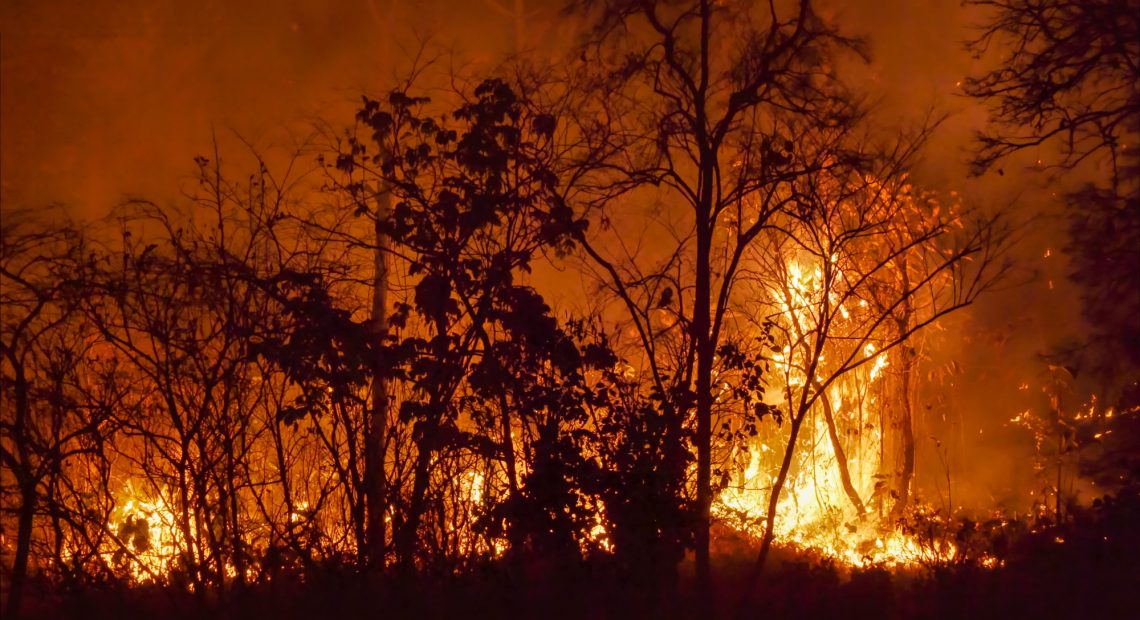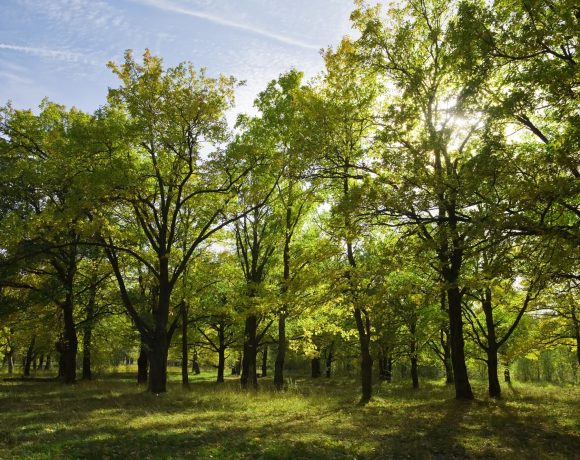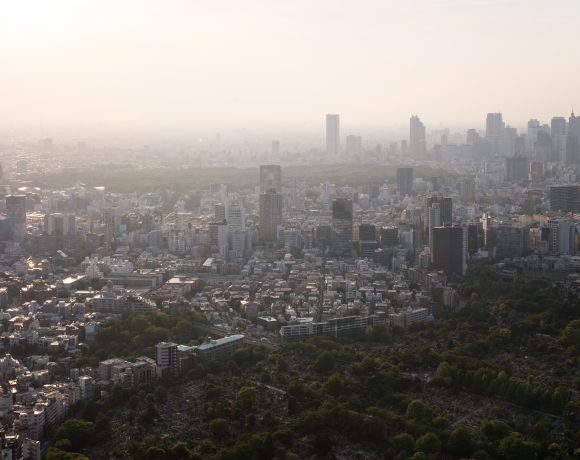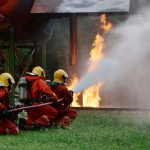
South Korea Wildfires Kill 27, Ravage Historic Temples
At least 27 people have died as South Korea battles one of the deadliest and most destructive wildfires in its history. The blazes began in Uiseong County and spread rapidly due to fierce winds and dry conditions, engulfing over 33,000 hectares of land. With more than 300 structures destroyed and around 37,000 people evacuated, the scale of devastation has left the nation in shock.
Among the deceased is a helicopter pilot who lost his life while attempting aerial firefighting operations. Many of the victims were elderly residents who either couldn’t escape in time or chose not to evacuate. The government has called the situation a national emergency, describing the fires as the most catastrophic in recent memory.
South Korea Wildfires
Despite the deployment of more than 120 helicopters and thousands of personnel, the mountainous terrain and unrelenting winds continue to hinder firefighting efforts. Though rain has been forecast, it is expected to be too light to make any meaningful impact. Authorities remain on high alert as blazes continue to threaten new areas.
Historic Sites Destroyed
Cultural heritage sites have not been spared. The ancient Gounsa Temple, built in 681 C.E., was reduced to ashes. As one of the most significant Buddhist temples in the region, its loss has struck a deep emotional chord among citizens and religious communities. Authorities are now racing to shield other heritage sites, including the Hahoe Folk Village and the Byeongsan Confucian Academy, both of which hold UNESCO World Heritage status.
Climate Change Impact
Experts have pointed to climate change as a major factor in the scale and speed of the fires. Extended periods of drought and unseasonably warm temperatures have turned large swaths of forest into kindling, making such disasters increasingly difficult to control. Acting President Han Duck-soo has vowed that no resources will be spared in combating the fires and aiding the affected communities. Emergency funds have been released, and shelter and medical support are being provided for evacuees.
The country now faces the dual task of managing an ongoing emergency while preparing for a lengthy recovery. As the smoke clears, South Korea is left mourning not only the lives lost but also the cultural and historical treasures consumed by flames.


















